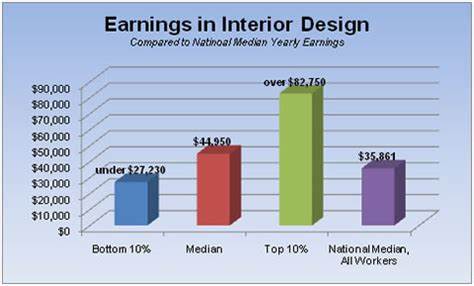Embarking on home improvement projects can be an exciting endeavor, transforming your living space and adding value to your property. However, for individuals with bad credit, securing financing for these renovations can present challenges. While traditional lending institutions may be hesitant to extend loans to those with less-than-perfect credit scores, there are still viable options available. In this article, we explore the concept of home improvement loans for individuals with bad credit, and the potential solutions to fund your home upgrades despite credit obstacles.
Understanding Bad Credit
Contents
Before diving into home improvement loans, it’s crucial to understand what constitutes bad credit. Credit scores, usually ranging from 300 to 850, are indicative of an individual’s creditworthiness. Scores below 580 are often considered “poor” or “bad” credit, making it difficult to qualify for loans from conventional lenders. Poor credit may result from missed payments, high credit card balances, or past financial hardships.
Home Improvement Loans for Bad Credit
- Personal Loans: Some online lenders and financial institutions offer personal loans for home improvement, even to borrowers with bad credit. These unsecured loans typically have higher interest rates but can be used for various projects without leveraging your home as collateral.
- Home Equity Line of Credit (HELOC): If you own a home and have accumulated equity, you might qualify for a home equity line of credit. A HELOC allows you to borrow against the value of your home, and some lenders might be more lenient with credit requirements since your property acts as collateral.
- FHA Title I Property Improvement Loan: Backed by the Federal Housing Administration (FHA), Title I loans are designed specifically for home improvements. Although credit requirements are more relaxed, these loans might have lower borrowing limits.
- Peer-to-Peer Lending: Peer-to-peer lending platforms connect borrowers with individual investors willing to fund loans. Some peer-to-peer lenders may consider factors beyond credit scores when evaluating loan applications.
- Secured Loans: Offering collateral, such as a vehicle or other valuable asset, can increase your chances of approval for a home improvement loan with bad credit.
Tips for Improving Loan Eligibility
- Research Lenders: Look for lenders who specialize in providing loans to individuals with bad credit. Compare interest rates, terms, and requirements to find the best fit for your needs.
- Build a Stronger Case: Highlight steady employment, a reliable income, and any positive financial changes since your credit downturn to demonstrate your ability to repay the loan.
- Co-Signer: Enlisting a co-signer with a good credit history can strengthen your loan application and potentially secure more favorable loan terms.
- Focus on Smaller Projects: Opt for smaller home improvement projects that require less funding. This can make your loan application more appealing to lenders.
While obtaining home improvement loans with bad credit can be more challenging, it is not impossible. Various lenders offer solutions tailored to individuals with less-than-perfect credit scores. Before committing to any loan, carefully review the terms, rates, and repayment options to ensure that it aligns with your financial capabilities. Additionally, explore opportunities to improve your credit over time, as this may open up better loan options in the future. With careful planning and research, you can turn your home improvement dreams into a reality, regardless of your credit history.


